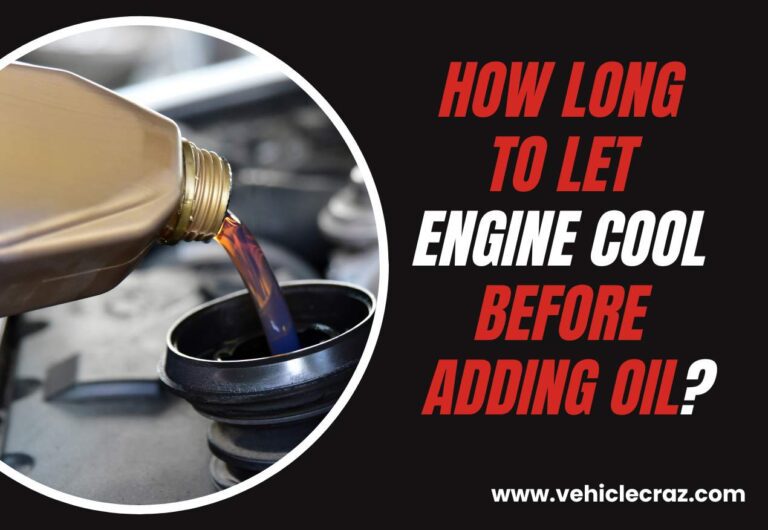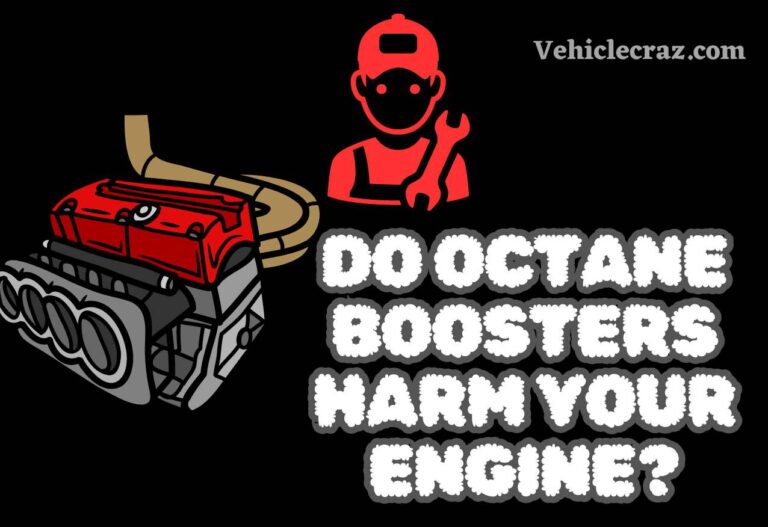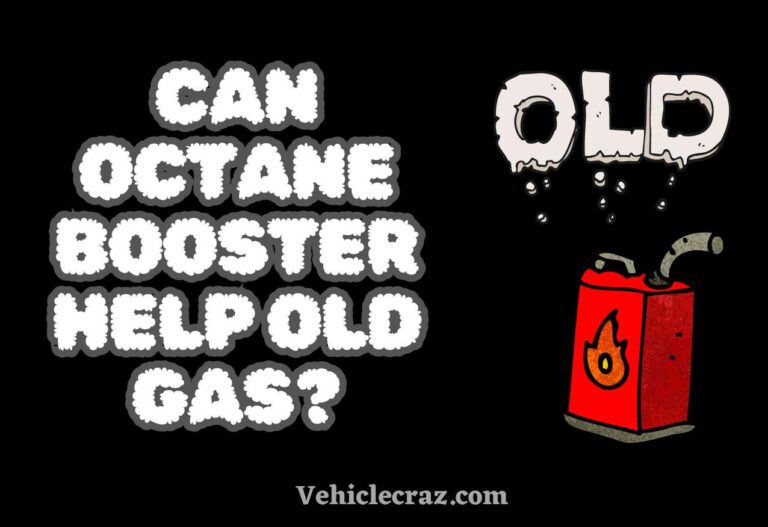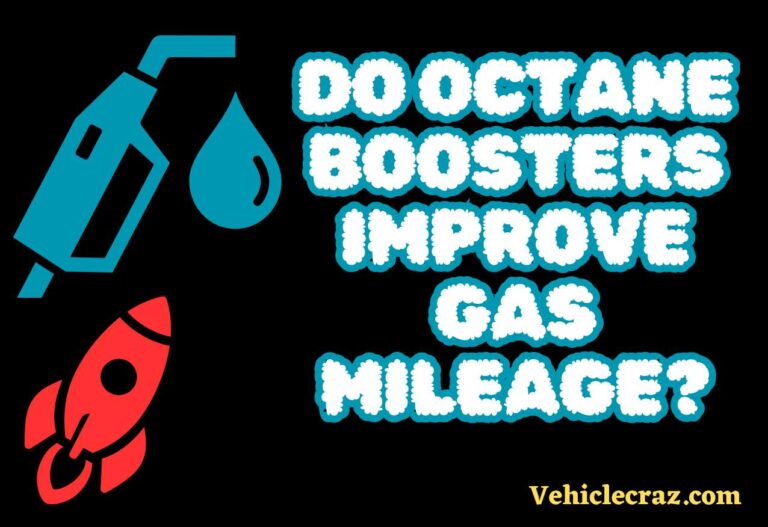No Oil on Dipstick? Causes and Immediate Actions to Take
You’re about to embark on a long-awaited road trip, full of excitement and adventure. As you prepare your vehicle for the journey ahead, you decide to check the oil level, only to find… nothing on the dipstick. Your heart skips a beat. What does no oil on the dipstick mean? Where did the oil go?
In this guide, we’ll discuss the reasons behind finding no oil on your dipstick, the potential consequences, and what steps you can take to ensure your engine stays healthy and ready for the road.
Why is There No Oil On My Dipstick?
A low oil level, bent or damaged dipstick, or improper dipstick insertion can lead you to see no oil on the dipstick. However, there can be more reasons contributing to this issue. For a thorough understanding, we thought it would help you if we explained all these factors a bit.
Low Oil Level
Out of all, the most common reason for not seeing oil on your dipstick is simply that there isn’t enough oil in your engine. This can happen due to normal oil consumption over time, especially in older vehicles or those with high mileage.
So, first of all, take a minute and check whether your vehicle has enough fuel in the tank before moving on to the next reason.
Incorrect Dipstick Reading
Sometimes, the dipstick may not give an accurate reading due to factors like a bent or damaged dipstick, improper insertion, or oil sticking to the dipstick tube. In such cases, cleaning or replacing the dipstick can help you get the correct oil level reading.
Oil Leakage
Another possibility is that your engine is leaking oil. This could be due to a variety of reasons, such as a worn-out gasket, a loose or damaged oil filter, or a punctured oil pan. If you notice oil spots under your parked car or a sudden drop in oil level, it’s essential to locate and fix the leak promptly to avoid further damage.
Improper Oil Change
If your oil was recently changed and you’re not seeing any oil on the dipstick, it’s possible that the oil wasn’t filled to the correct level during the change. This can happen if the oil filter isn’t properly filled with oil before installation during the change. Double-checking the oil level and adding more oil if necessary can resolve this issue.
Read our guide on “What happens if you don’t change the oil filter” for more info.
Oil Foaming
In rare cases, excessive foaming of the oil can cause it to stick to the engine components instead of settling in the oil pan, making it appear as if there’s no oil on the dipstick. This can be caused by issues like a clogged oil breather.
What Should I Do If There Is No Oil on the Dipstick?
If you find no oil on your dipstick, the first step is to add oil to bring the level back up to the appropriate range. Purchase the correct type and viscosity of oil recommended for your vehicle. Using a funnel, slowly pour a small amount of oil into the engine through the oil filler cap.
Wait a few moments for the oil to settle, then check the dipstick again to see if the level has reached the acceptable range. If you consistently find no oil on the dipstick, it may indicate a leak in the engine or oil system.
How Do I Check My Oil Level Properly with the Dipstick?
To check your oil level properly with the dipstick, you can follow the below-mentioned steps.
1st Step – Park your car on a level surface and wait for the engine to cool down.
2nd Step – Open the hood and locate the oil dipstick. It’s usually a brightly colored handle labeled “engine oil.”
3rd Step – Pull the dipstick out and wipe it clean with a rag or paper towel.
4th Step – Reinsert the dipstick all the way back into its tube, then pull it out again.
5th Step – Check the oil level on the dipstick. The oil should fall between the two marks or within a cross-hatched area. If it’s below the minimum mark, you’ll need to add oil.
When checking the oil level, also inspect the color and consistency of the oil. Fresh oil is amber-colored and translucent, while old or dirty oil is darker and may contain particles. If you notice any abnormalities, such as a milky appearance or a burnt smell, it’s best to have your car inspected by a professional.
Can Driving with Low Oil Cause Engine Damage?
Absolutely, driving with low oil can cause serious engine damage. When your engine doesn’t have enough oil, parts of the engine can’t be properly lubricated, leading to increased friction and heat.
This can result in accelerated wear and tear on crucial components like the pistons, bearings, and camshaft. Over time, this can cause these parts to fail, potentially leading to a costly repair or even engine replacement.
How Long Can You Drive With No Oil On Dipstick?
We do not recommend driving further if you notice no engine oil on the dipstick. Driving with no oil is extremely risky and should be avoided. As we mentioned earlier, the engine relies on oil for lubrication and cooling, and running it without enough oil can quickly lead to serious damage.
That said, how long you can drive if the dipstick is dry, depends on several factors, including the amount of oil remaining in the engine and the engine’s operating conditions.
In general, if you discover that there is no motor oil on the dipstick, it’s best not to drive the vehicle at all. Even a short drive without enough oil can cause significant damage to the engine. If you must move the vehicle, drive it as little as possible and at very low speeds to minimize the risk of damage.
When to Add Engine Oil to the Vehicle?
You should add engine oil to your vehicle when the oil level is low, as indicated by the dipstick. It’s important to check your oil level regularly, especially before long trips or if you notice any signs of low oil, such as dashboard warning lights or engine noises. Additionally, you should add oil if you notice any oil leaks or if your vehicle is consuming oil at a faster rate than usual.
No Oil On the Dipstick But No Oil Light?
If you find no oil on the dipstick but there is no oil light illuminated on your dashboard, it could indicate a few possible scenarios.
Firstly, the oil level may be below the minimum mark but still within a safe range to drive, which may not trigger the oil light. It’s still important to add oil to bring the level up to the recommended range although you see no warning light on the dashboard but the oil level is low.
Secondly, the oil light may be malfunctioning or faulty, giving you a false sense of security. It’s important to manually check the oil level regularly, regardless of the oil light status.
Thirdly, the engine may have a low oil level sensor that is not functioning correctly, failing to trigger the oil light even when the oil level is low. In such cases, it’s essential to rely on manual checks of the oil level using the dipstick.
Regardless of the reason, if you find the dipstick is dry with no oil, it’s crucial to add oil as soon as possible to prevent engine damage.
You May Also Like:


I’m Alex, a seasoned mechanical teacher with over 20 years of hands-on experience in Australia. My passion for all things automotive has driven me to establish this blog, aiming to share my wealth of knowledge and expertise with fellow enthusiasts, DIYers, and anyone keen on understanding the mechanics behind the machines we rely on daily.







